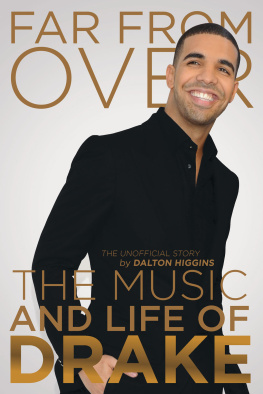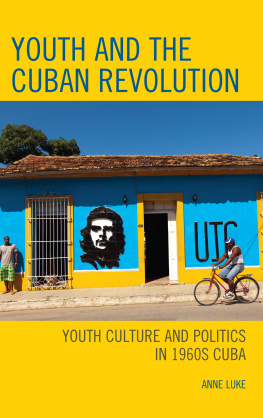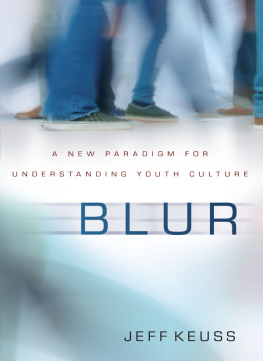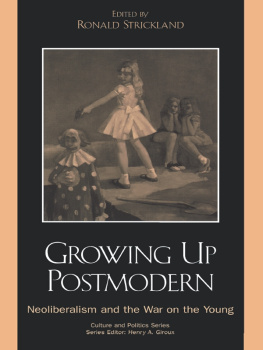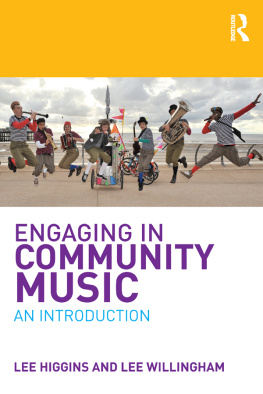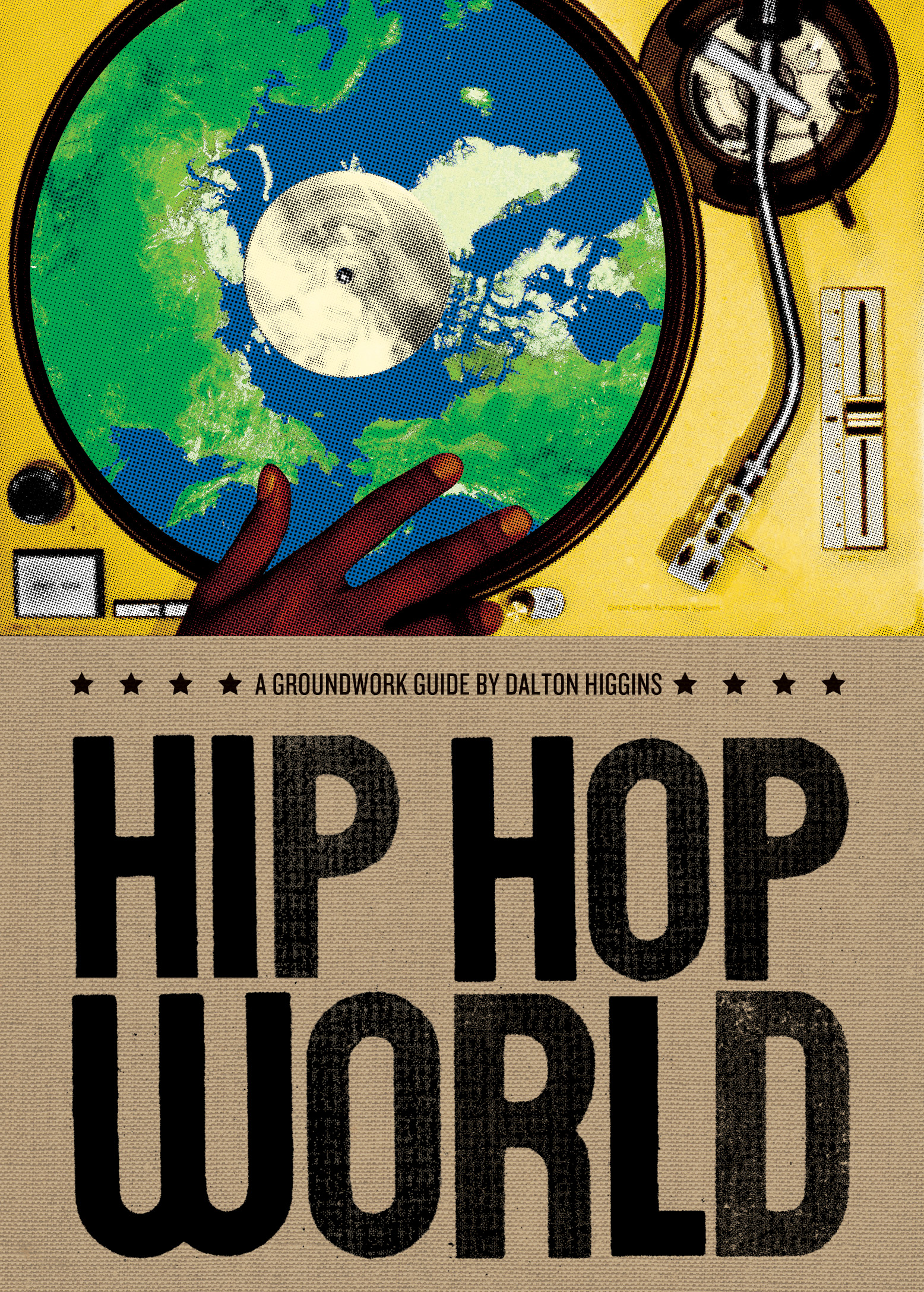
Slavery Today
Kevin Bales & Becky Cornell
The Betrayal of Africa
Gerald Caplan
Sex for Guys
Manne Forssberg
Technology
Wayne Grady
Hip Hop World
Dalton Higgins
Democracy
James Laxer
Empire
James Laxer
Oil
James Laxer
Cities
John Lorinc
Pornography
Debbie Nathan
Being Muslim
Haroon Siddiqui
Genocide
Jane Springer
The News
Peter Steven
Gangs
Richard Swift
Climate Change
Shelley Tanaka
The Force of Law
Mariana Valverde
Series Editor
Jane Springer
Hip Hop World Dalton Higgins | Groundwood Books House of Anansi Press | Toronto Berkeley |
Copyright 2009 by Dalton Higgins
Published in Canada and the USA in 2009 by Groundwood Books
All rights reserved. No part of this publication may be reproduced, stored in a retrieval system or transmitted, in any form or by any means, without the prior written consent of the publisher or a license from The Canadian Copyright Licensing Agency (Access Copyright). For an Access Copyright license, visit www.accesscopyright.ca or call toll free to 1-800-893-5777.
Groundwood Books / House of Anansi Press
128 Sterling Road, Lower Level, Toronto, Ontario M6R 2B7
or c/o Publishers Group West
1700 Fourth Street, Berkeley, CA 94710
We acknowledge for their nancial support of our publishing program the Canada Council for the Arts, the Government of Canada through the Canada Book Fund (CBF) and the Ontario Arts Council.
Library and Archives Canada Cataloguing in Publication
Hip hop world / Dalton Higgins.
(Groundwork guides)
ISBN 978-0-88899-910-8 (bound).ISBN 978-0-88899-911-5 (pbk.)
1. Hip-hop. I. Title. II. Series: Groundwork guides
ML3531.H636 2009 782.421649 C2009-902744-5
Design by Michael Solomon
Contents
Chapter 1
The Audacity of Hip Hop
I love the art of hip hop, I dont always love the message of hip hopthere is a message that is not only sometimes degrading to women, not only uses the N word a little too frequently, but also, something Im really concerned about, is always talking about material thingsThe question is, imagine something different. Imagine communities that arent torn up by violence. Imagine communities where were respecting our womenwhere knowledge and reading and academic excellence are valuedArt cant just be a rear view mirror it should have a headlight out there, according to where we need to go.Jay-Z fan, American president Barack Obama
Its a hip hop world, and youre just living in it. For most music-addicted earthlings, hip hop culture is the predominant global youth subculture of today. For the non-music initiated, hip hop has become the black, jewelry-laden elephant in a room lled with rock, country and classical music an attention-grabber whose inuence is impossible to miss on the daily news, in school playgrounds, during water cooler conversations or in a political debate.
What is hip hop, and why should you care about it? Hip hop a term coined by pioneering rapper Space Cowboy in the early 1970s to mimic a scat and then popularized later by rapper Lovebug Starski is quite simply the worlds leading counterculture, subculture and youth culture. Hip hop encompasses four distinct elements: deejaying (the manipulation of pre-recorded music), breakdancing (dance), rapping/emceeing (vocalizing) and grafti (visual art).
For starters, curious onlookers have to acknowledge its success as a massive chart-topping, revenue-generating music movement. When rapper Jay-Zs (Shawn Carter) American Gangster disc opened on top of the pop charts in 2007, that gave him ten Billboard number one albums in ten years, tying him with the King of Rock, Elvis Presley, for the most chart-toppers by a solo artist. Likewise, at a time when CD sales are plummeting, rapper Lil Waynes Tha Carter III was the number one selling album of 2008 in the US, scanning an astounding three million units.
Much has been written about hip hops gritty African American origins in the South Bronx, but the primary American consumers are young suburban whites whose fascination with black youth culture has led to Caucasian rappers Eminem and the Beastie Boys becoming creators of both the fastest selling rap album in history (The Marshall Mathers LP) and the rst rap album to go number one on the Billboard album charts (Licensed to Ill), respectively. Once a predominantly African American youth form of expression, or as legendary hip hop group Public Enemys lead vocalist Chuck D once called it, the black peoples CNN, rap has taken root around the world as a primary news source for disenfranchised Asian, South Asian, First Nations, Latin American, Australasian, African, Middle Eastern and European publics.
Forty-plus years after its birth, hip hop has ofcially grown up and left the hood. Hip hoppers own palatial estates in exclusive gated communities and are world travelers racking up Air Miles in abundance.
From New York to Nigeria, hip hop is so wildly popular that its crossing continents and oceans, and by many accounts its brightest future star might come in the form of an already wealthy, bi-racial (Jewish/black), Lil Wayne-tutored Canadian rapper named Drake. The incorporation, appropriation and wholesale celebration of the music has taken shape internationally, far from its American birthplace. Take Japan, where despite language barriers many Japanese youth have aped African American rappers stylings by tanning their skin dark brown ( ganguro or blackface) and wearing cornrows and dreadlocks. In Cuba, former president Fidel Castro refers to rap music as the vanguard of the Revolution. In Iran, heads of state complain that raps obscene lyrics diminish Islamic values, and its inuence is so pervasive that it has been ofcially banned. In France, its considered the unofcial voice of the banlieues the impoverished suburbs where African and Arab youth have staged violent anti-racism riots. Native American and aboriginal Canadian youth work out of the tradition of spoken-word iconoclast John Trudell, rapping out against past and present wrongdoings in their respective reserves and communities.
In North America, no comparable art form or music genre draws so many multiculti consumers to cash registers, music downloading websites and live concerts. Cultural critics point out that at rocknroll, classical or country music concerts, sometimes the only things that are of color are the stage curtains and even them curtains aint got no soul. Rap music, on the other hand, is anti-classical, a UN-friendly music with dozens upon dozens of subgenres to accommodate and account for the full range of experiences that make up the human condition irrespective of ones race, gender, age or geography.
If youre gay or lesbian, theres a burgeoning Homo Hop movement. If you like your violence and sex gratuitous, there are large Gangsta Rap and Horrorcore Rap factions. If youre Jewish or a born-again Christian, the Klezmer or Christian Rap scenes might suit your fancy. And if youre a geek and rap music seems altogether too hipster and cool to comprehend, theres a large Nerdcore Rap movement where you and fellow squares can sink your cerebellums into raps about deoxyribonucleic acid patterns and nuclear physics.
Next page

